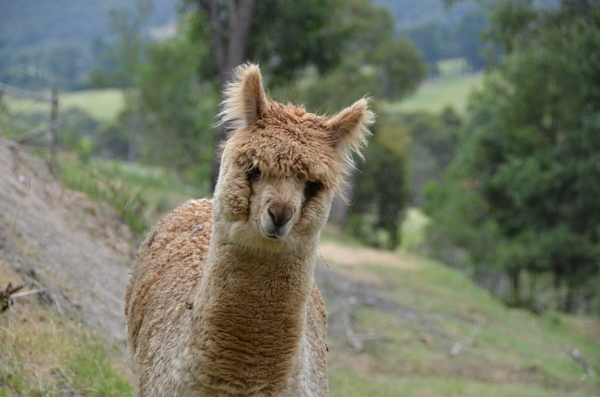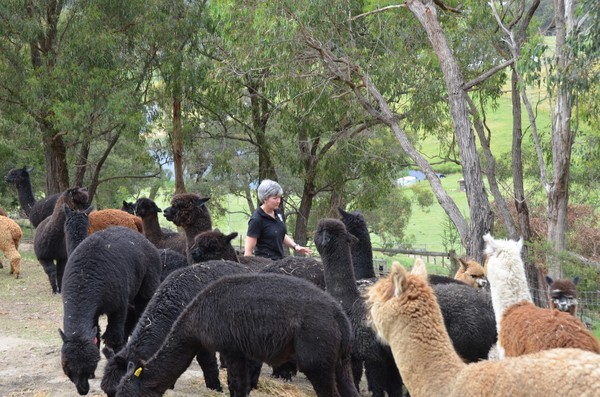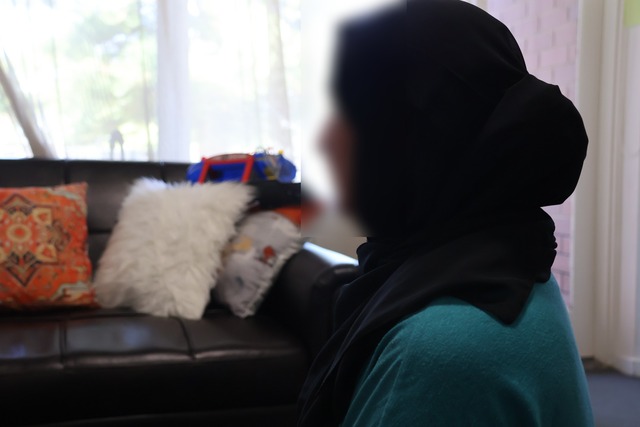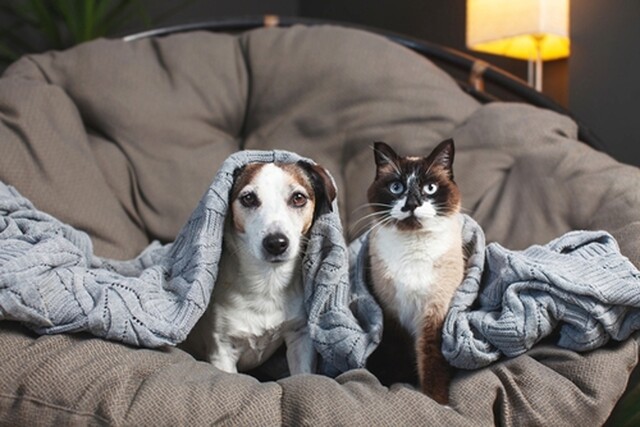Alpacas have been a part of life for Gwyn Morgan for more than 25 years.
The Noble Park woman said Australia’s alpaca breeders got off to a slow start thanks to some low-quality stock from South America.
“We didn’t know what we were looking for,” she said.
“It’s taken some time to get the quality up in Australia.”
But the tide is turning and the animal is becoming more popular.
Ms Morgan’s mum and partner moved from Canberra to a property about 30 kilometres from the nation’s capital in the 1980s.
“They were going to breed horses,” she said.
That plan fell apart, but they still wanted to do something with the land.
The water supply was no good for grapes. Ms Morgan’s mum quickly rejected the suggestion of breeding ostriches.
Alpacas were just starting to take off in Australia, so the family imported two alpacas from New Zealand and two from Peru to start their herd.
The Peruvian alpacas were held in quarantine so long that “by the time we got them they had babies and they were pregnant again”.
Ms Morgan moved to Victoria in 2001 and set up her own herd, Pacarina Alpacas.
“About eight years ago mum moved off the stud and the herd came down here,” she said.
She’s farmed a scenic property in Upper Beaconsfield for the past six years.
“Before that I just kept a few in town, in Keysborough,” she said.
She has 41 alpacas altogether, 30 females and 11 males.
Those that aren’t suitable for breeding will likely end up as pets.
Ms Morgan said they were becoming a more popular choice because they were cute and easy to care for.
They also serve as companion animals for sheep and other livestock and will protect them from danger.
“You can have a couple on a five-acre block,” she said.
“You don’t need a lot of experience with livestock.
“If you can keep a dog or a cat you can keep an alpaca.”
Aside from becoming pets, offspring not suitable for breeding can end up on plates.
“You can actually eat alpaca meat in Melbourne,” Ms Morgan said.
She said alpacas had nicer fleece than sheep. There’s no lanolin so it does not have the greasy feel of sheep’s wool.
Her brood has mostly blue-black colouring. She’s working on breeding some of the darker animals with lighter-fleeced alpacas to produce some mid-tones, which are generally a higher quality fleece.
Alpaca pregnancies last 11 months. It’s a tense wait to find out if the breeding match-up was successful, but Ms Morgan enjoys the challenge.
“They’re different and they draw you in,” she said.
“They have different personalities.”
She said alpacas were a niche but growing market in Australia.
“Being in it from the beginning, you can see how it’s evolved,” she said.
“Eventually Australia would like to have a commercial wool industry.
“It would be nice to see people make a good living with it like they do sheep.”
Alpacas a breed on the move
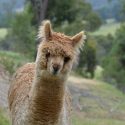
Digital Editions
-

A century of life, love, and resilience
Purchase this photo from Pic Store: 463277 Cranbourne East resident Dorothy Jones lives a century of life, love, and resilience. Residing in Langford Grange, she…

